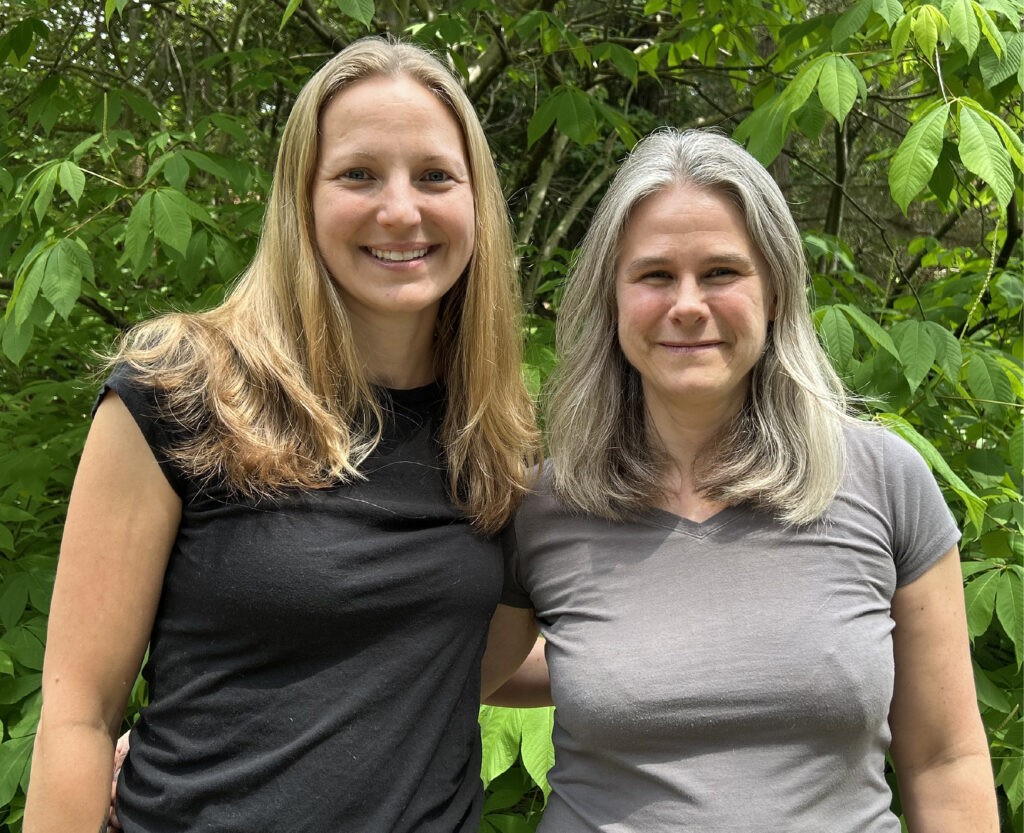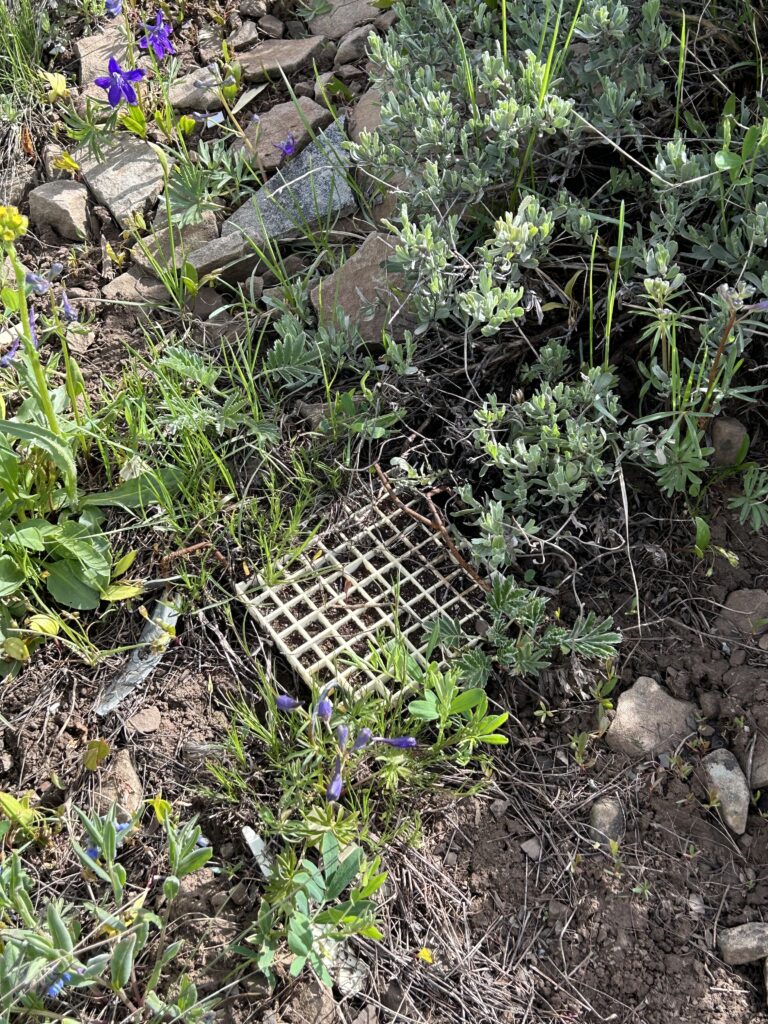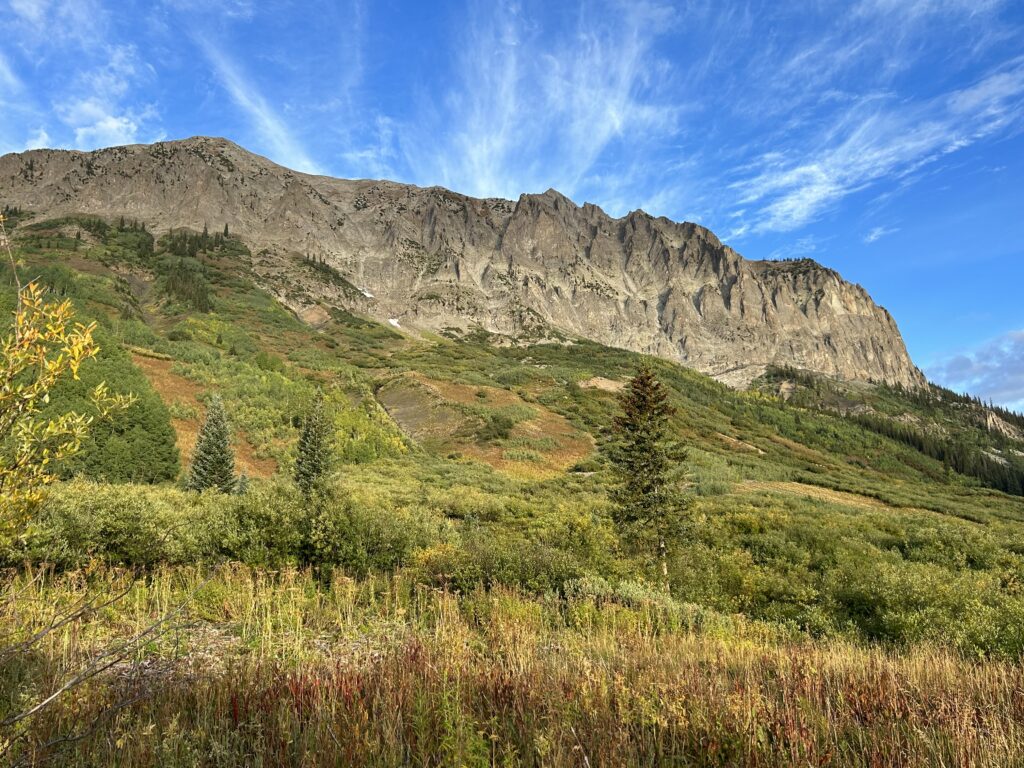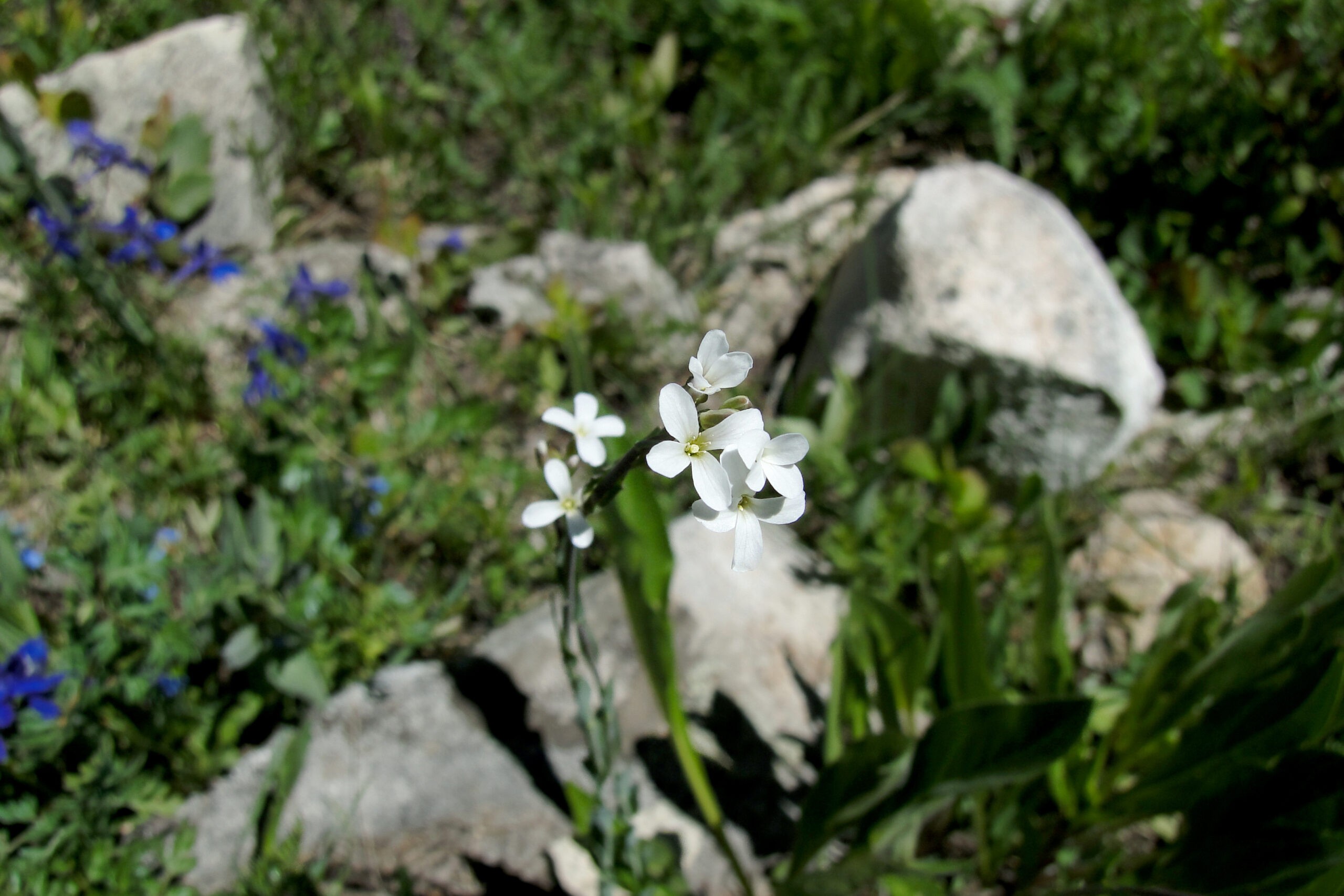New research from a team led by University of Georgia scientists reveals that even common plant species with a broad geographic distribution are at risk of decline based on climate change, potentially contributing to a loss in biodiversity.
Published in Science , the study integrates ecological and evolutionary approaches to model past, present and projected climatic tolerances for Drummond’s rockcress (Boechera stricta). The wildflower, a relative of common mustard, grows in mountain meadows from New Mexico up through the Rocky Mountains and into Canada and Alaska and can also occur in the Sierra Nevada mountain range. Like most plant species in this region and others, Drummond’s rockcress now flowers weeks earlier than it did historically because of climate change.

First authors Jill Anderson and Megan DeMarche used more than a decade of experimental data to model how Drummond’s rockcress populations are likely to grow, remain stable or decline over time. Their results reveal that even common species that may not be showing obvious signs of decline now could be affected dramatically by climate change. Such impacts could occur across a plant species’ entire distribution, and they could occur suddenly, according to the authors.
“People often think that rare or endangered species are more susceptible to the effects of climate change,” said Anderson, professor with a joint appointment in the Odum School of Ecology and Franklin College Department of Genetics. “But what we found is that an extremely common species with a very broad geographic distribution that can live in many different locations is currently being threatened by climate change because it’s so highly adapted to specific conditions.”
Data collection for this project began in 2013, when Anderson created five experimental gardens at different elevations across the Elk Mountains of Colorado. The team transplanted more than 100,000 seeds and seedlings generated from local plant populations and performed a series of experiments that manipulated conditions in each of the five gardens—by adding or removing snow, and increasing temperature—to expose plants to conditions that reflected historical, recent and projected climates.

Drummond’s rockcress’ broad geographic distribution makes it a useful ecological model for how many other plants in this system and in other systems are responding to novel climates. During the Pleistocene, also known as the Ice Age, which lasted from c. 2.58 million to 11,700 years ago, its range contracted when glaciers were on top of mountains and then expanded outward again as temperatures warmed. The species migrated to inhabit its current locations in a very rapid geological time frame, Anderson said. That led to a question: Can Drummond’s rockcress migrate on the rapid time frame of climate change?
“It’s a well-known problem in ecology that when we want to forecast how species are going to respond to future climates, we’re often having to do some extrapolation,” said DeMarche, Haines Family Assistant Professor of Plant Ecology in the Franklin College of Arts and Sciences department of plant biology. “With the experiments that Jill set up, we actually were able to directly measure plant performance under projected climate conditions.”
By combining ecological and evolutionary approaches, the team was able to model the climatic tolerances of individual plant families that come from very different climates and ask how adapted these families are to the climates in their home location. In fact, they were able to estimate optimal conditions for a particular plant, by predicting the optimal snow melt timing or temperature for that plant based on its elevation.
“The data allow us to look at every aspect of the life cycle to understand the rate at which individual plants will be reproducing successfully, and the rate at which they will be dying,” DeMarche said. “As we balance those out, we’re able to calculate how likely it is that the population as a whole will be able to persist long term.”

The researchers found stark differences when considering alternative emissions scenarios for projected climate conditions. With no changes in greenhouse gas emissions, the outlook is grim. Reductions in emissions made for a better outlook, as did the concept of assisted migration, in which humans play an active role in moving seeds to areas that are climatically suited for them.
Some populations of Drummond’s rockcress could persist under future climates, according to DeMarche, but “it’s going to require human action. They’re not going to be able to move on their own—through spreading seeds or pollen—quickly enough.”
“Any action that humans take to reduce emissions will preserve genetic diversity within populations,” Anderson said. “We know that genetic diversity stabilizes populations. It can help them persevere through changing conditions.”
Co-authors include Derek A. Denney, UGA Department of Plant Biology; Ian Breckheimer, Rocky Mountain Biological Laboratory and Western Colorado University; James Santangelo, University of California, Berkeley; and Susana M. Wadgymar, Davidson College.
Fieldwork and data collection for this study was funded by the National Science Foundation (DEB-1553408 to JTA). A separate award from the NSF (IOS-2220927 to JTA and MLD) aided in the conceptualization of this study.


